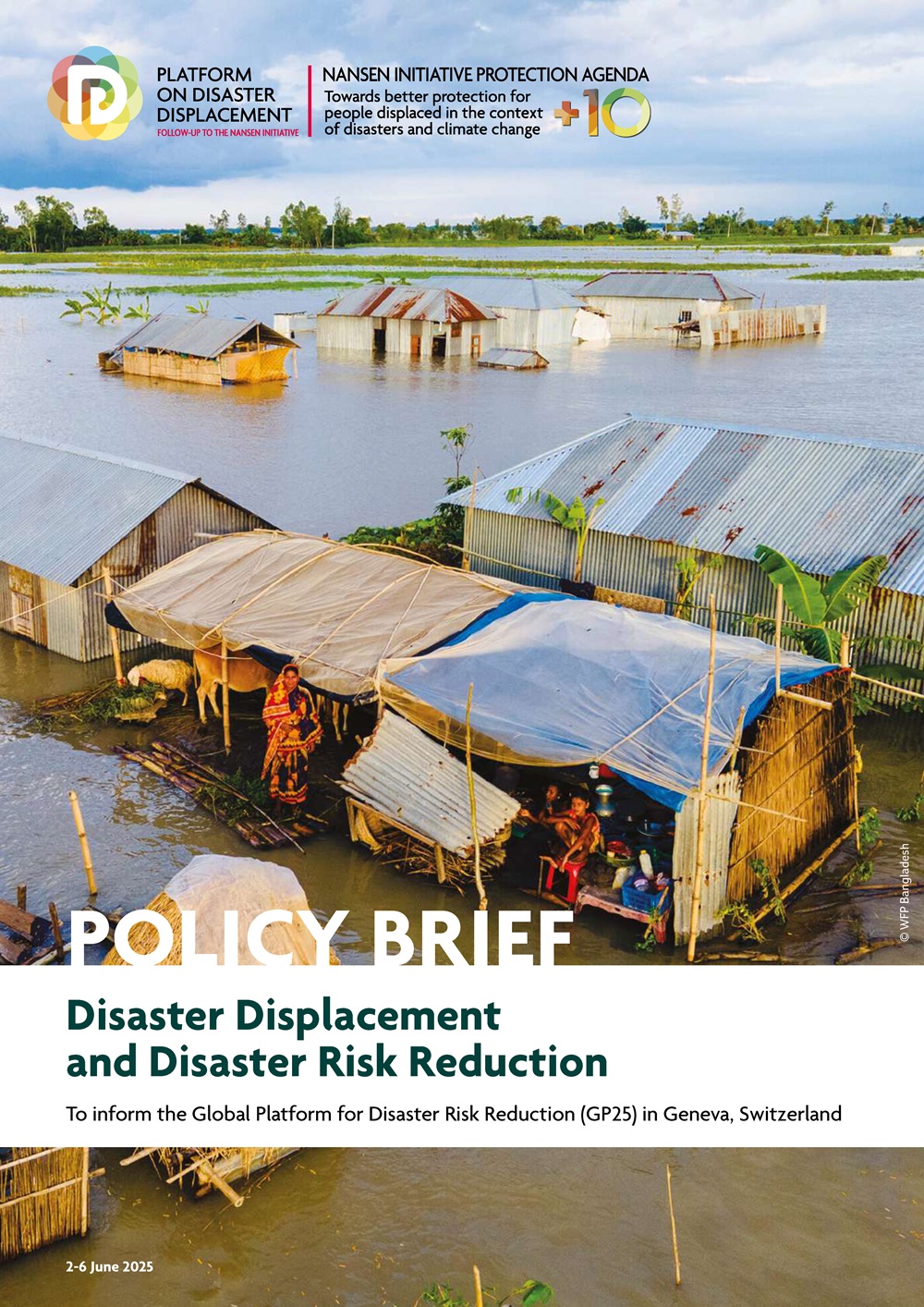Disaster Risk Reduction, Climate Change Adaptation and Development Policies, and their Consideration of Disaster Displacement and Human Mobility in the IGAD Region
By Nicodemus Nyandiko & Robert Freeman
The member states of the Intergovernmental Authority on Development (IGAD) are some of the most vulnerable to disasters globally. Recently,experiencing one of the wettest rainy seasons in 40 years, the region has suffered widespread flooding, landslides and storm damage, resulting in destruction of property and loss of services and livelihoods. Over the last 50 years, a persistent pattern of large-scale displacement in the context of disasters has been seen across the region. Sea level rise, changes in temperature, erratic rainfall and the increasing intensity of extreme weather events related to climate change are projected to further adversely affect people’s livelihoods,exacerbating displacement, and making adaptive migration more difficult.
IGAD member states have consequently recognised the need to develop a coordinated and protection-centred response to disasters that allows people to move in order to mitigate the worst effects of natural hazards, including through the recent endorsement of a Free Movement Protocol, which permits movement across regional borders ‘in anticipation of, during or in the aftermath of disaster’.In addition to these developments in migration policy, IGAD members have identified the need to protect against future displacement through effective disaster risk reduction (DRR), climate change adaptation (CCA), and development policies and strategies.
This report presents an analysis of the extent to which the prevention of displacement, the protection of the displaced, and the facilitation of durable solutions have been integrated into existing national and regional DRR, CCA and Development policies in the IGAD region. Drawing on the framework provided by UNDRR’s Words into Action (WiA) guidelines Disaster Displacement: How to Reduce Risk, Address Impacts and Strengthen Resilience, the report also provides suggestions for where existing policy can be augmented to better take into account existing and future disaster displacement. In suggesting these policy approaches, it also draws on existing work by UNDRR and other organisations promoting coherence between DRR, CCA and development policies.




